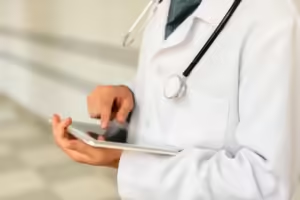COMMON QUERIES
Frequently Asked Questions
Got questions? We’ve got answers. Whether you’re dealing with varicose veins, circulation issues, or just wondering what a vascular surgeon does, this page is your go-to guide.
If you’re looking for something specific, you can jump straight to condition-specific or treatment-specific FAQs using the links below.
General FAQs
A vascular surgeon specialises in diagnosing and treating conditions affecting your veins and arteries. This includes both minimally invasive treatments and traditional surgical procedures. Dr. Darryl Lim provides personalised care to help improve circulation and vascular health.
If you’re experiencing leg pain, swelling, varicose veins, non-healing wounds (on your feet or hands), or signs of poor circulation, it’s worth getting checked by a vascular specialist. Early diagnosis can help prevent complications and improve your quality of life.
Not necessarily! You can book an appointment directly—just give our clinic a call or contact us online. However, if your insurance requires a referral, check with your provider first.
We work with a variety of insurance providers. To find out whether your treatment is covered, feel free to reach out to our clinic, and we’ll be happy to assist.
At your first consultation, Dr. Darryl Lim will review your medical history, discuss your symptoms, and perform a physical examination. Depending on your condition, he may recommend diagnostic tests to better assess your vascular health and tailor a treatment plan for you.
Condition-Specific FAQs
Find answers to common questions about vascular conditions:
Venous Reflux
Varicose Veins
Spider Veins
Poorly Healing Wounds
Peripheral Vascular Disease
Dialysis Access
Aortic Aneurysms
Service-Specific FAQs
Learn more about the specialized treatments we offer:
Radiofrequency Ablation
ClariVein
VenaSeal
Injection Sclerotherapy
VeinGogh Ohmic Thermolysis
Angioplasty and Stenting
Deep Venous Arterialization
Endovascular AV Fistula Creation
Endovascular Aneurysm Repair

Still Have Questions?
Didn’t find the answer you were looking for? We’re here to help.
Contact us to speak with our team, or book a consultation with Dr. Darryl Lim to get personalised advice on your vascular health.

